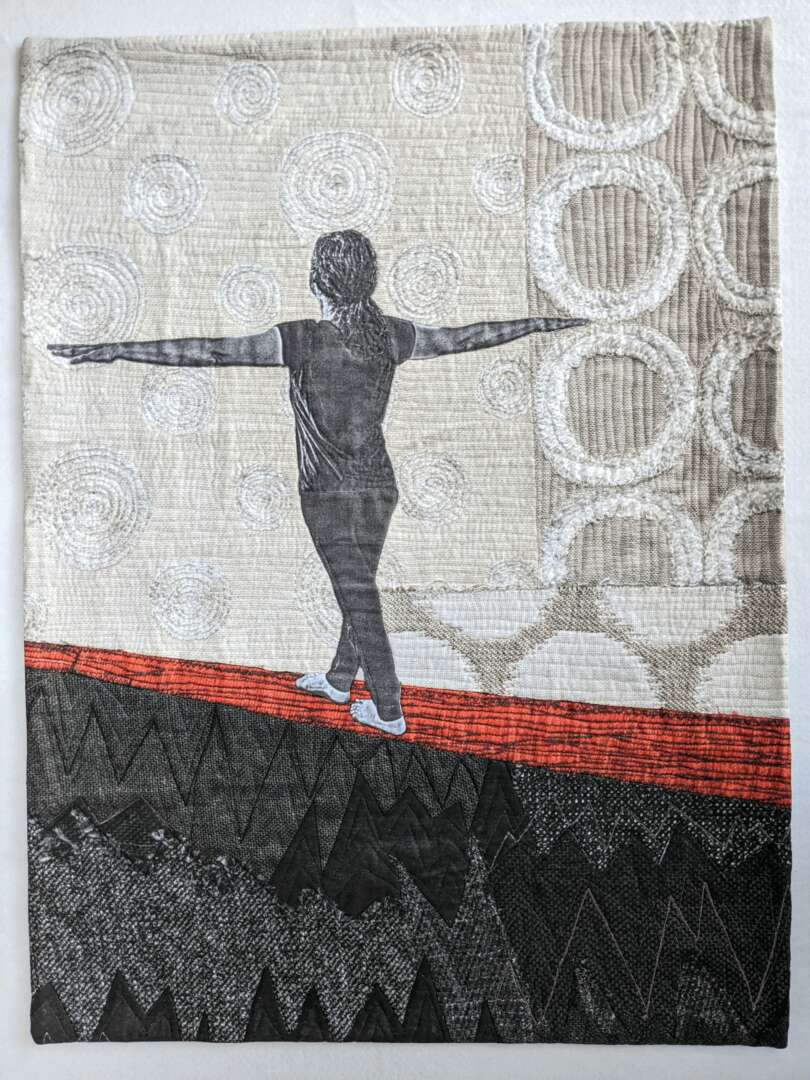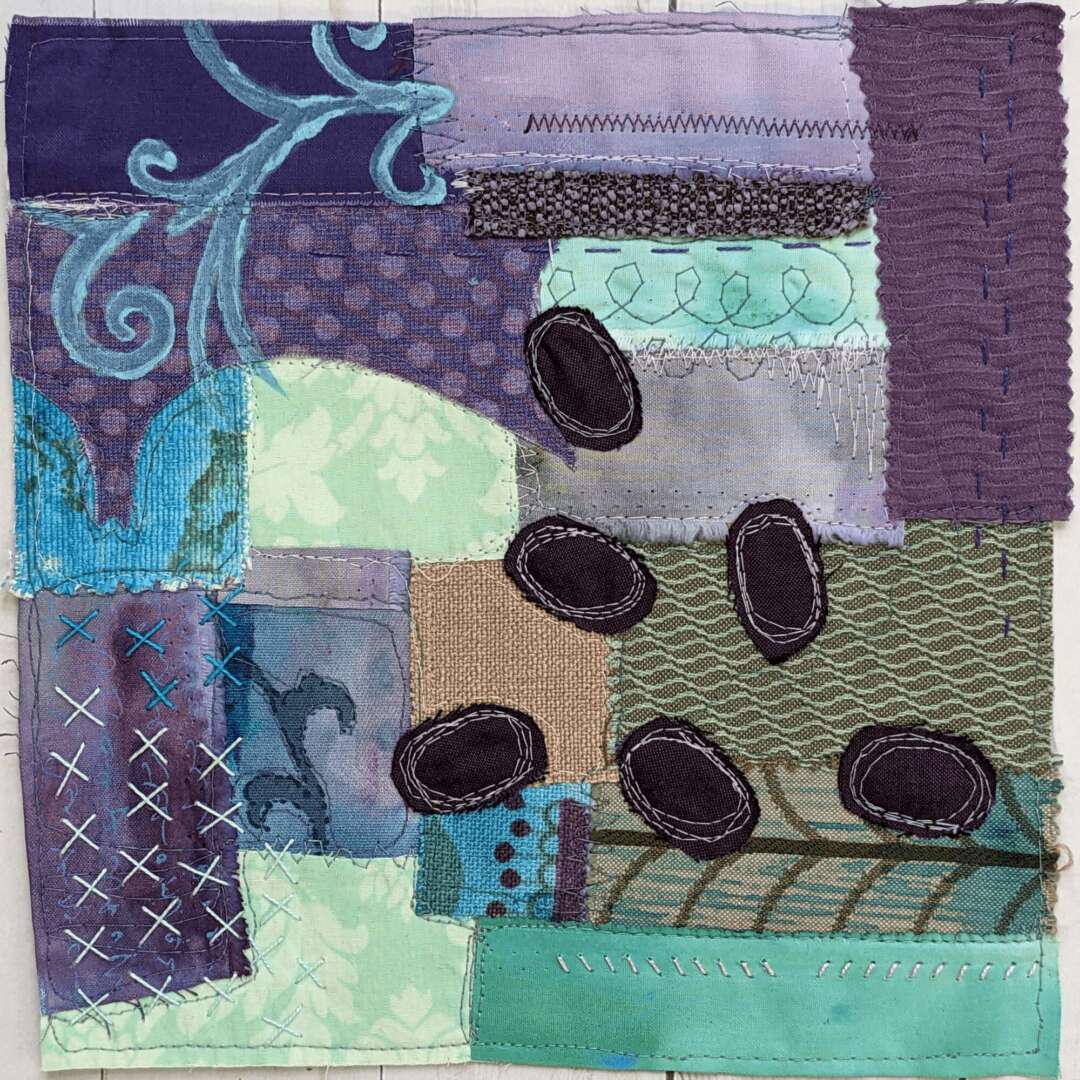Alright – so today we’ve got the honor of introducing you to Zwia Lipkin. We think you’ll enjoy our conversation, we’ve shared it below.
Zwia, thanks for taking the time to share your stories with us today What’s been the most meaningful project you’ve worked on?
2020 was marked by general and personal turmoil. When the year started, I was still mourning my father, who passed away in 2019. Then the pandemic hit, followed by rivalries between nations, racial tensions and political frictions. Nature, too, wobbled out of balance, with historic storms, floods and wildfires striking across the globe. Then, in the fall, as if all of the above weren’t enough, my mother, thousands of miles across the ocean, was diagnosed with advanced cancer. We didn’t know how long she had left, and I couldn’t go see her.
Increasingly anxious, I retreated into my studio and created a textile collage which I called “2020,” and which expressed how I was feeling. In the two years that followed, I created twelve additional artworks. This series of thirteen art quilts, “The State of Human,” is one of my most meaningful projects, as each and every piece came straight from the gut, dealing with difficult topics and strong emotions.
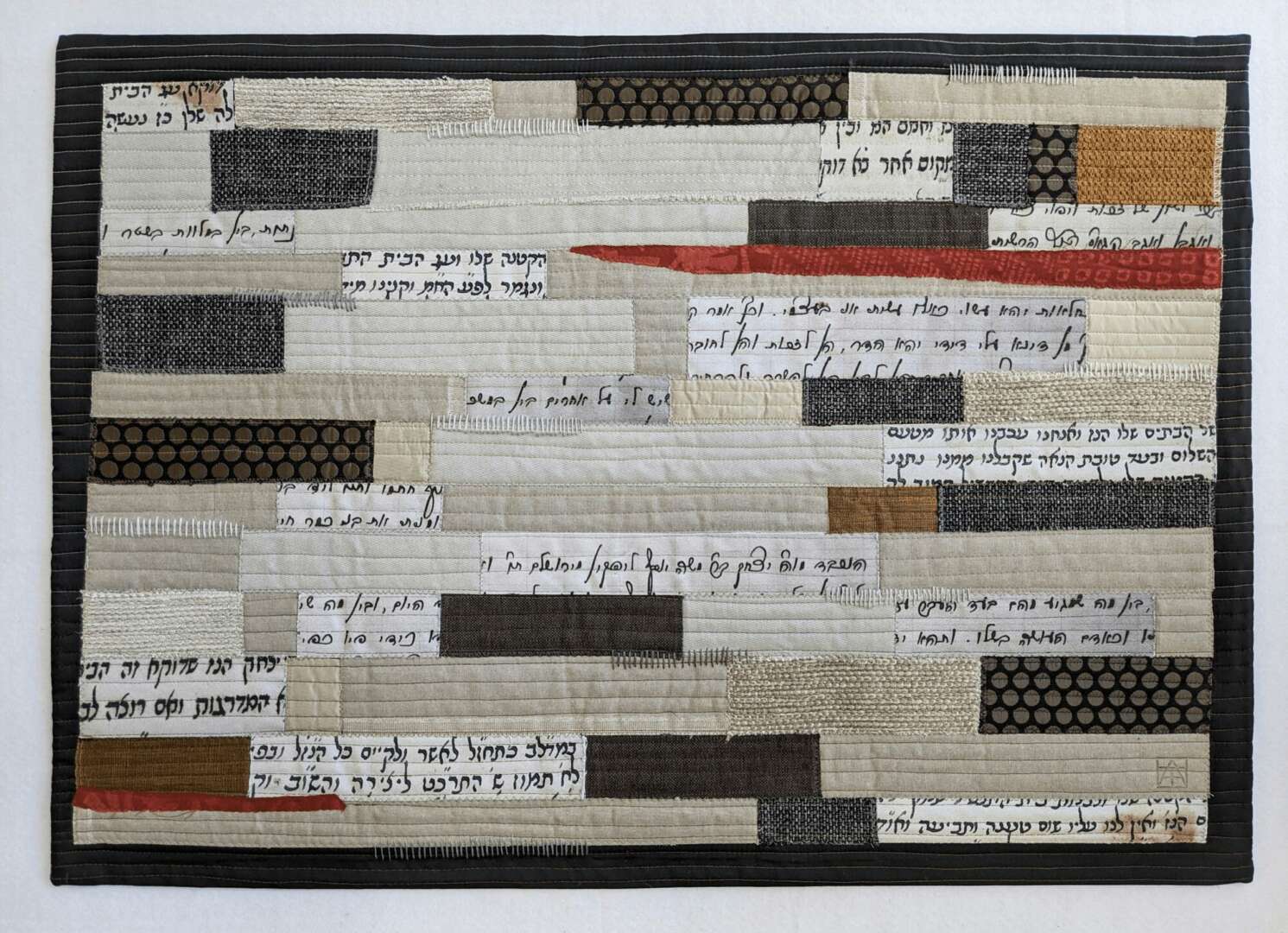
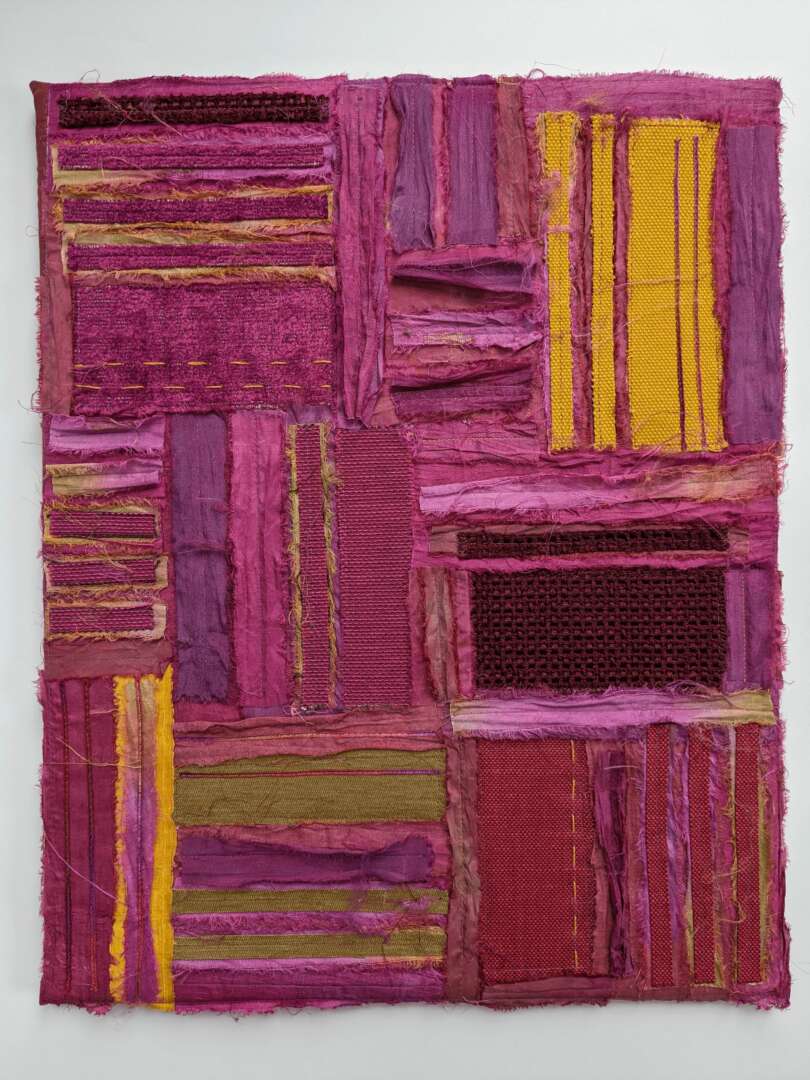
As always, we appreciate you sharing your insights and we’ve got a few more questions for you, but before we get to all of that can you take a minute to introduce yourself and give our readers some of your back background and context?
I’ve been creating ever since I can remember myself. I went to an arts high school, where I studied drawing, painting and sculpture in addition to art history. I assumed I’ll pursue art as a career, but then, in college, got drawn into East Asian Studies instead. I took a decades-long break from art, during which I got a PhD in Chinese history, published a book and raised a family. Then I stumbled upon FabMo, a SF Bay-Area non profit organization that rescues designer textiles from going to the landfill. I was drawn to the beauty of those fabrics, to their textures and tactility, and also to the idea of reducing waste, which has always been important to me. Without meaning to, I started creating again.
At first, I made mostly functional fabric artworks. I soon realized, however, that making products for sale wasn’t really for me. I started creating textile fine art, and haven’t looked back. My inspiration comes from the world around me: nature, travels, world events, and also from my own history and emotions. The fabrics themselves often dictate the design, too. I use mostly upcycled materials in my work, for I find them more beautiful and meaningful than newly-bought items, and believe there’s a great need to reduce waste. I am drawn to strong colors and bold textures. My pieces are very tactile, as feast to the senses. I often combine machine stitching with hand embroidery, and love the imperfections that come with things that are handmade.

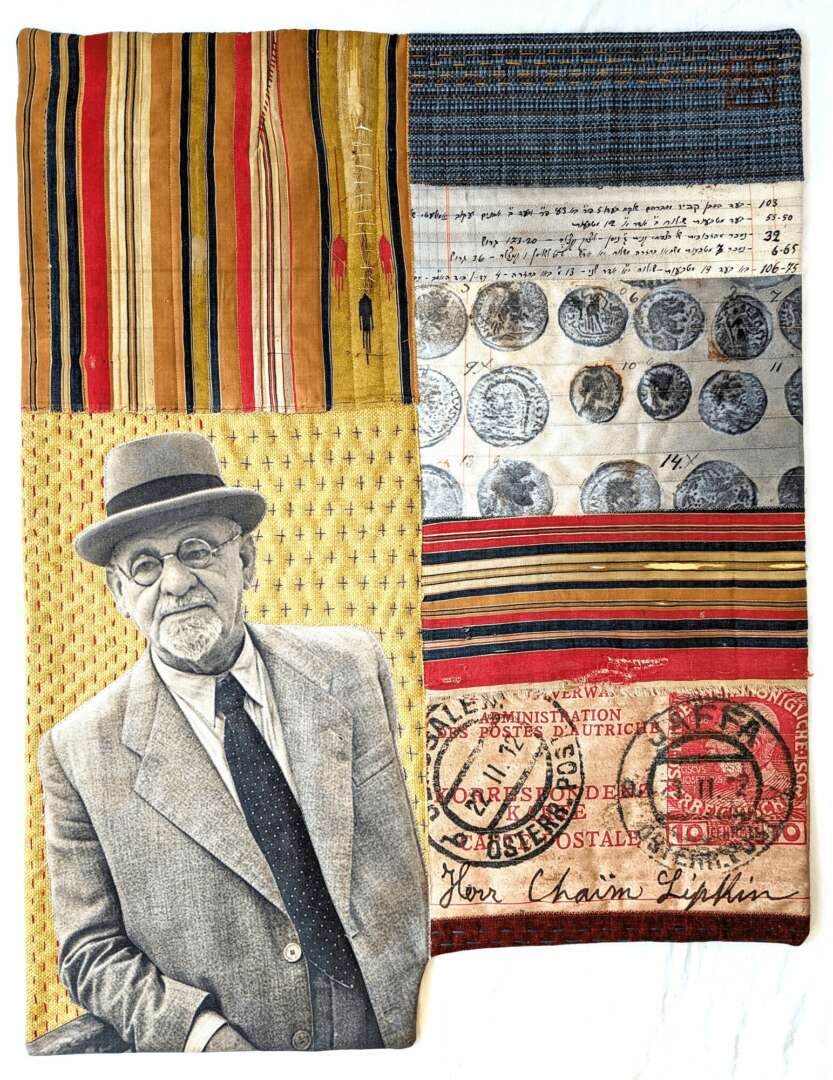
What’s the most rewarding aspect of being a creative in your experience?
For me, sharing my art with other people is the most rewarding aspect of being an artist. Whether it’s a colorful abstract experiment or a piece laden with meaning, being able to share my thought process and work is important. That is why I value my blog posts, in which I explain the meaning and backstory of my work, as much as I value the finished work itself. The artwork has to speak for itself, of course, but the accompanying blog post gives it a deeper, more complex meaning. I also enjoy posting pictures of work in process and finished artworks on social media, and the resulting interactions with like-minded people. Finally, seeing my art hanging in exhibitions and viewed by the public is always gratifying.

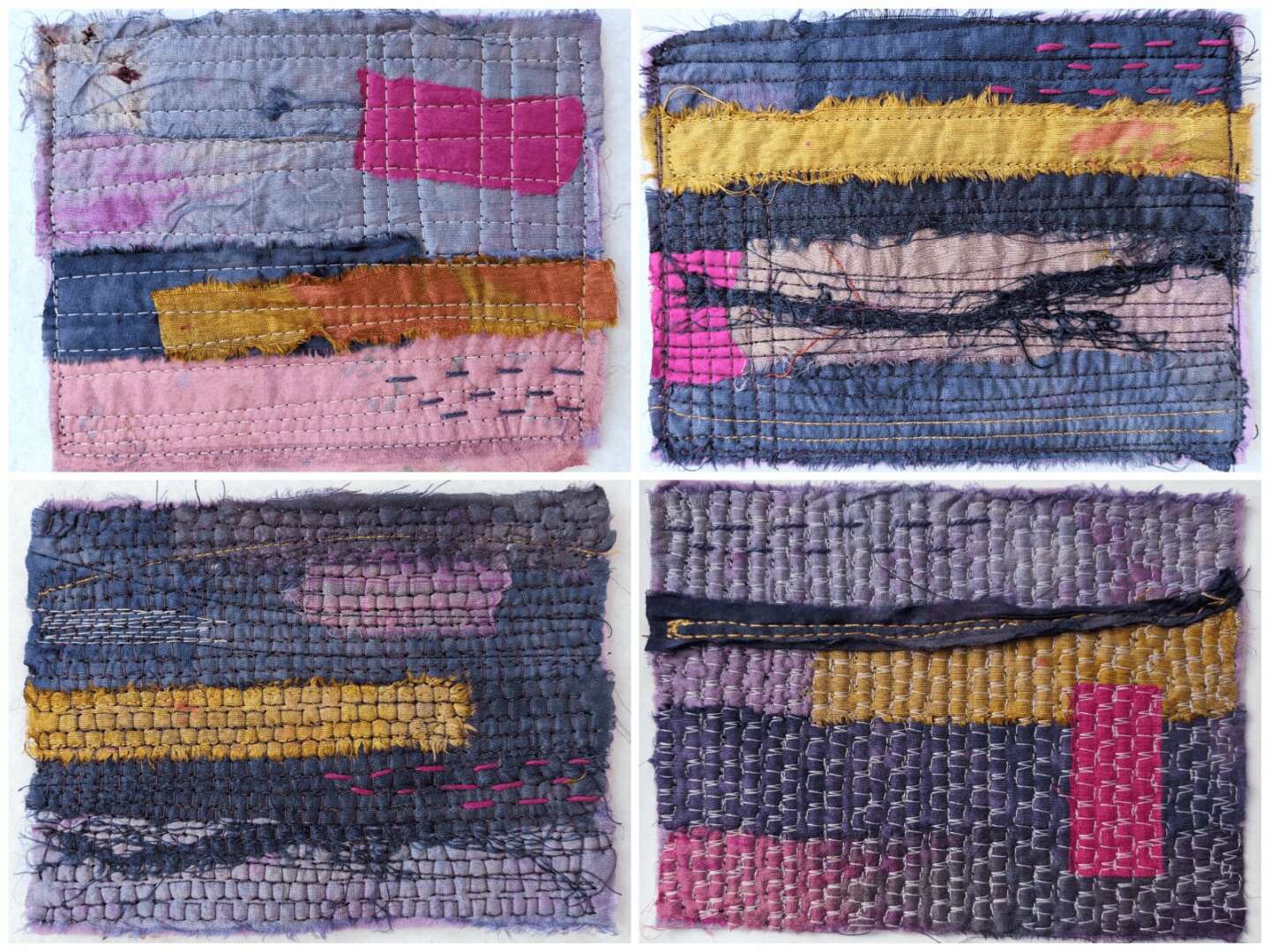
We’d love to hear the story of how you built up your social media audience?
My own website is my main and most important online presence. This is where I post pictures of my art, publish the blog posts that are such an important part of my work, and update people about my latest news and exhibitions. I control the look and the content of my site, and can change them as needed.
Social media can be fun, but it also has many pitfalls. One of the aspects I like most about social media are the groups and communities. I’m a member of several artist groups, such as that of Studio Art Quilt Associates members. I love seeing other people’s art and participating in artist discussions. Group interactions can be informative and inspiring.
On the down side, I have no control over the social media sites I use. Accounts can be hacked or shut down. Someone else controls the aesthetics. The algorithms change all the time, as do even the basic functions, and there’s no control over who sees which posts. Social media is designed to be addictive, and can be a huge time sink. Lately it is also flooded with disturbing content. It takes an effort, therefore, to try to maximize the benefits and minimize the negative aspects.
When I first started posting my art on social media, I didn’t know anything about it. I read lots of advice, much of it suggesting to be consistent and to post daily. It didn’t take long before posting became exhausting work. Since then, I have learned to disregard most of the advice. Now, I try to limit the time I spend on social media. I post when I have something to share, and when it works for me. I care more about being true to myself and making connections with people than I do about the number of followers. In other words, I try to enjoy and be in control of my use social media rather than being enslaved to it.
Contact Info:
- Website: https://www.anytexture.com/
- Instagram: https://www.instagram.com/anytexture/
- Facebook: https://www.facebook.com/ANYTexture
- Other: https://www.pinterest.com/ANYTexture/
